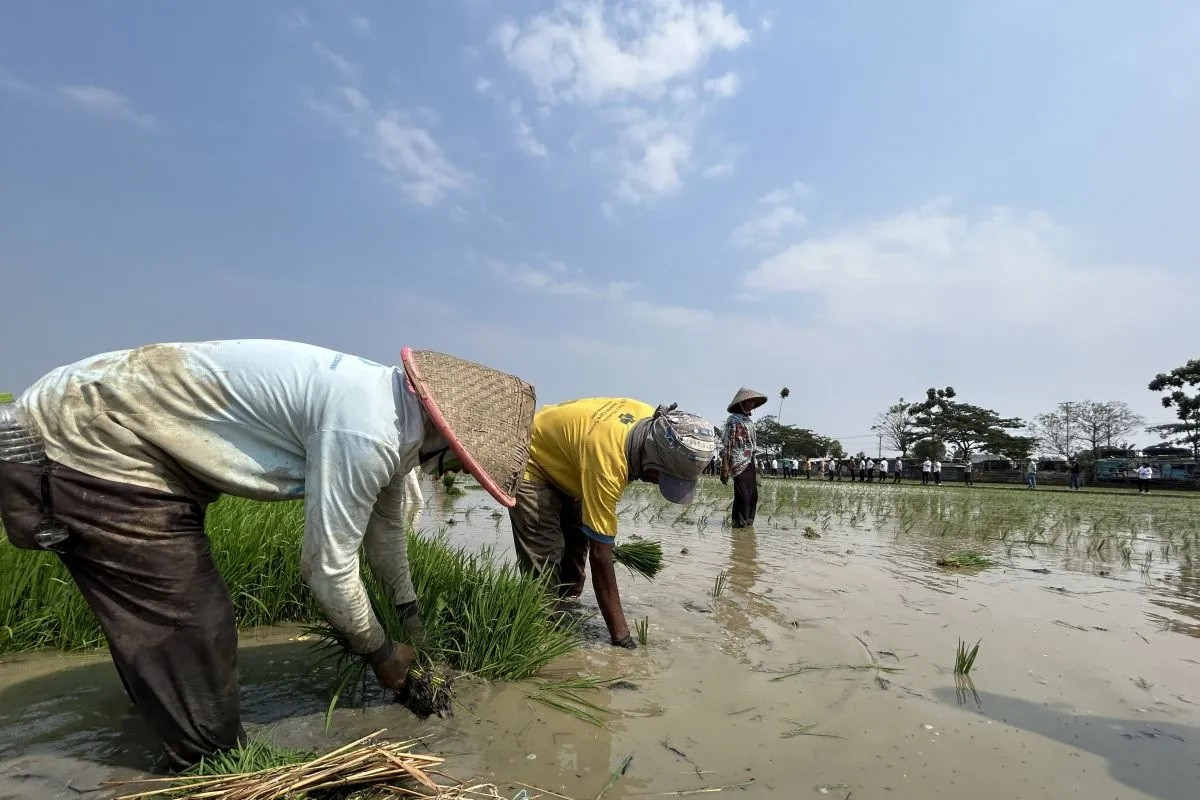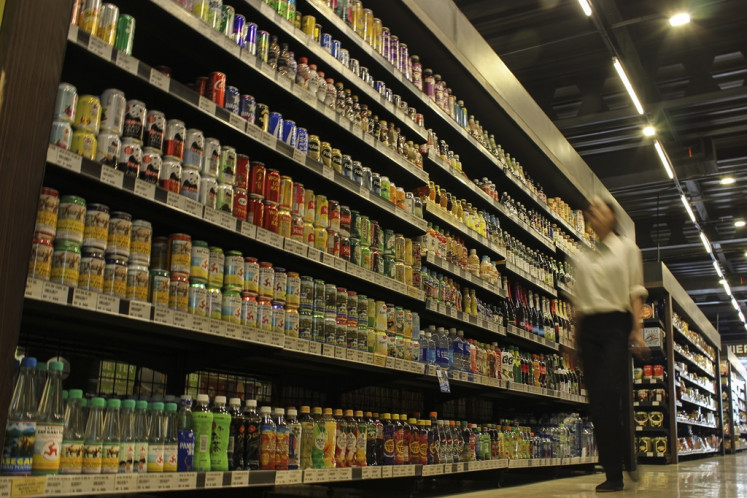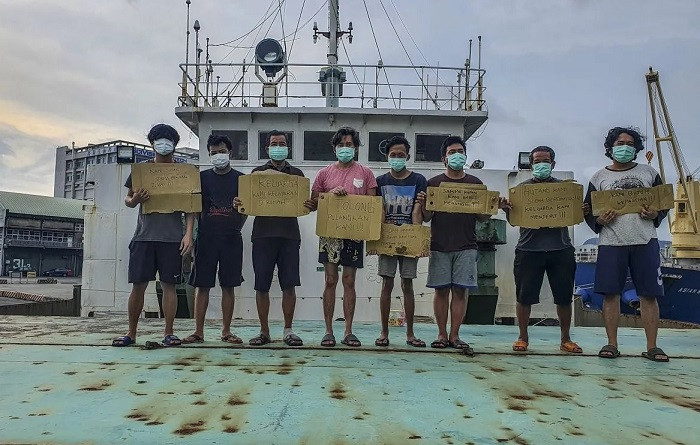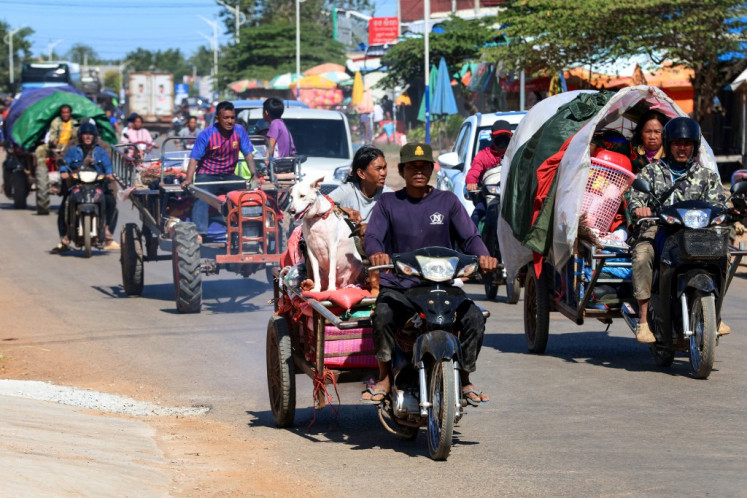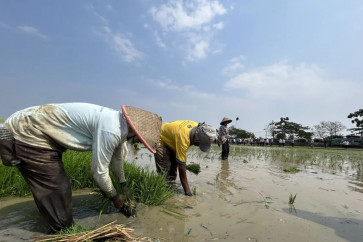Popular Reads
Top Results
Can't find what you're looking for?
View all search resultsPopular Reads
Top Results
Can't find what you're looking for?
View all search resultsTime to modernize agriculture to avoid land without farmers
That small agricultural scale of cultivation affects food security, which is closely related to poverty and the prevalence of stunting and undernourishment among the members of agricultural households.
Change text size
Gift Premium Articles
to Anyone
T
he results of the 2023 Agricultural Census disseminated by Statistics Indonesia (BPS) on Dec. 4 described gloomy trends in the Indonesian agricultural sector in the last ten years. The number of farmers declined steadily because of aging without regeneration, the fragmentation of agricultural land, and low technology adoption.
In addressing these challenges, our agricultural development strategy needs to transform the sector to become more innovative, competitive, resilient, and sustainable. Modernizing the sector through a massive investment in modern technology and digitalization is key.
In the last ten years, the number of individual agricultural holdings, simply called farmers and fishermen, declined by 2.36 million units (7.45 percent), from 31.71 million units in 2013 to 29.34 million units in 2023. If this trend continues, it will pose a serious threat to our future food security.
Sadly, the declining trend was accompanied by the phenomenon of aging farmers at an alarming rate. In the last ten years, regeneration has not taken place in smallholder farming. Currently, around 70 percent of our farmers and fishermen are Generation X and baby boomers, and those aged 55 and above make up about 40 percent of the total farmers and fishermen.
The portrait of our agricultural sector becomes darker since technology adoption in agricultural activities is still relatively low. The census results pointed out that only 13.2 million farmers cultivating food crops, horticulture, estate crops, and livestock made use of modern agricultural tools and equipment and/or digital technology in running their agricultural businesses. They only accounted for around 47 percent of the total 28.19 million farmers cultivating crops and livestock.
This low level of technology adoption has also been exacerbated by the increase in agricultural land fragmentation. This is shown by the significant increase in the proportion of agricultural households managing less than 0.2 hectares of agricultural land in the last 10 years. As a consequence, the number of agricultural households with limited access to land sharply increased by 2.64 million (18.54 percent) from 14.25 million in 2013 to around 16.89 million in 2023.
This means about 61 percent of the agricultural households in Indonesia manage less than 0.5 hectares of land. On Java Island, which is the heart of our food production, the proportion is even worse, reaching more than 80 percent.

